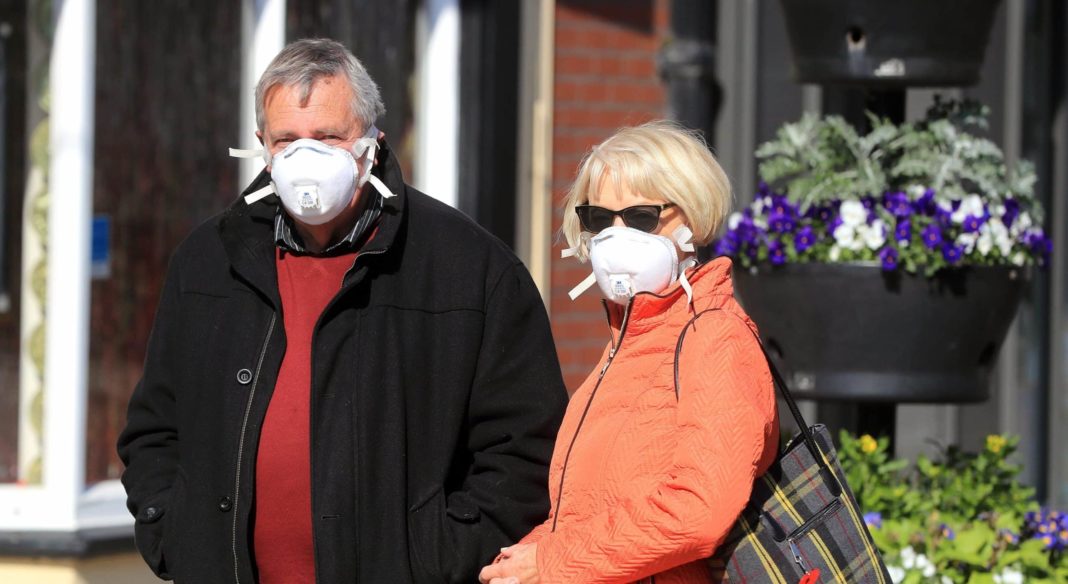The R number in Northern Ireland rose to between 0.8 and 1.8, the R number represents how many someone with COVID-19 will pass the disease to
Face masks will be made mandatory in Northern Ireland when indoors, after the R number, an important measurement of how quickly COVID-19 is spreading, rose in the region.
The reopening of pubs, which do not sell food, in Northern Ireland has also been postponed.
Wearing face masks or other face coverings will begin to be mandatory in shops and other enclosed spaces in the country from this Monday.
First Minister Arlene Foster said: “Because of the concern around the level of community transmission and the desire to frankly prioritise the reopening of our schools… we have decided that it is prudent to pause the reopening of our public houses.”
This comes after PizzaExpress has said that it could close around 67 of its restaurants throughout the UK, putting up to 1,100 jobs at risk. The chain, which also revealed it has put itself up for sale, blamed the move on the “significantly more challenging environment” caused by the coronavirus pandemic.
The planned re-opening date for pubs and restaurants in the nation is now the 1st of September.
The new rules will be introduced after Northern Ireland reported its highest number of daily COVID-19 cases since May.
There have been 43 new infections of the coronavirus, taking the total to 6,049, with no further deaths. The fatality figure is 556.
The R number represents how many people someone with COVID-19 will, on average, spread the coronavirus on to.
If the R number it is above one, then it means that the number of COVID-19 cases will rise exponentially. However, if R number is below one, the coronavirus will eventually peter out as not enough new infections of the disease are occurring to sustain the outbreak.

Scientists have warned that as case numbers drop, the figure will shift with “volatility” and will therefore be “heavily influenced by small local clusters”.
“Community transmission remains low in Northern Ireland,” the devolved government said.
“Although it is important to note that the number of positive tests per day has increased threefold from early July.”
This comes after the biggest shake-up of housing planning in England for decades has caused fury as it moves to fast-track the building of “beautiful” homes that could lead to “slum” living conditions.
The Public Health Agency (PHA) has said that over 20 local COVID-19 clusters have been identified within the nation.
Of the 23 pinpointed local clusters since the test and trace programme was implemented on the 25th of May, 11 clusters still remain active.
ROUND 168 cases of the coronavirus have been linked with these local clusters, with nine of them having had five or more cases associated with them.
The Public Health Agency has defined a cluster as two or more laboratory-confirmed cases of COVID-19 among those individuals associated within a key setting.
Key settings in which clusters have been seen in include workplaces, domestic gatherings, retail or hospitality premises and sporting events. However the PHA has said that the transmission risk is at its highest in a household setting.
